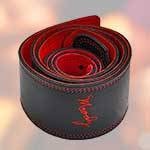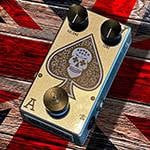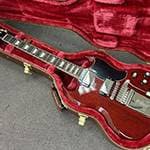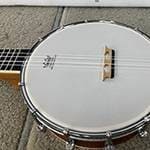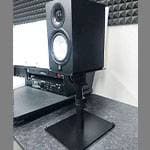We’re already in the second half of 2025! Summer has hit the Kanto region without a proper rainy season. Anyway…how’s everyone doing?
As for me, I’ve been on a losing streak with horse racing, and to make things worse, my beloved Roadster broke down. I opened the hood thinking that the oil was leaking only to find that the high-pressure hose from the power steering pump had burst and sprayed oil everywhere. At the time of writing this, I have been fixing this late into the night while crying as I go...
But enough of that—take a look at this guitar.

The pickguard is a bit different from a Les Paul Junior, and the headstock shape is more angular. Do you recognize this model? It’s called the Melody Maker, a budget-line model from Gibson.

Now, when you think of Gibson’s budget brand, you probably think of Epiphone, right?
But are you familiar with this one? It’s called Orville. It was Gibson’s low-cost brand from back in the day. In case you’re wondering, the name comes from Gibson’s founder, Orville H. Gibson.
This Melody Maker by Orville is a bit of a rare bird. It’s tough, simple, and cheap, yet somehow charming. It kind of gives off Joan Jett vibes (though she played an Epiphone Olympic). From the front, it might look totally fine at first glance.
But… take a look at the back of the neck.

You could just write it off as a beat up guitar, but here’s the thing; this model shouldn’t have a nitro lacquer finish. And yet… there are clear signs of stand burn. That’s already a little sketchy, right? Something’s not adding up here... Hmmm? What’s going on here...?
So, I decided to remove the hardware and wipe down the back of the neck with some solvent—and then…

There it was. The main boss of today’s quest. Luckily, the damage is on the lighter side, but yep, it’s a broken neck. There are signs of filler being applied, and it was even painted over, but there were no signs of the neck having actually been glued. Why though!?
In a previous blog post, I talked about volutes on necks, which are those reinforced areas that are meant to help prevent exactly this kind of break.
By the way, I picked up this guitar as a souvenir during a trip to Okinawa this past January. Since it had been painted over, I thought,
“Ah, it’s been repaired after a neck break. That explains the low price. It’s been beaten up, but the strings are on and everything seems playable.”
That optimistic attitude led me right to this mess. No wonder it was suspiciously cheap...
So, with this guitar...
I’m planning to do the following:
- Neck break repair (including refinishing)
- New nut installation
- Rewiring
- Full cleaning, assembly, and setup
If you’re interested, I hope you’ll stick around for the whole rehab process!
And here’s the farewell BGM for today!
Make sure to protect your guitars with something like this!
ARIA / AGB-S – Guitar Stand Bra
Also, when doing maintenance on a guitar with an angled neck, a neck rest is a must!





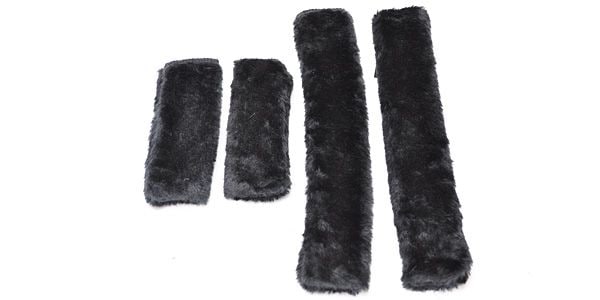
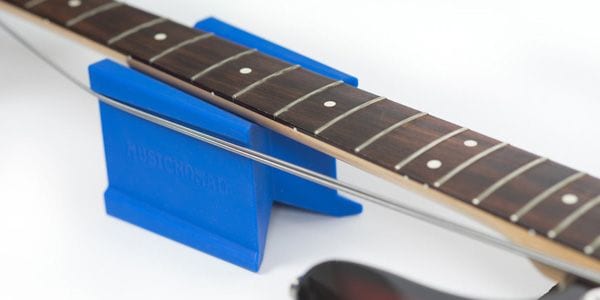


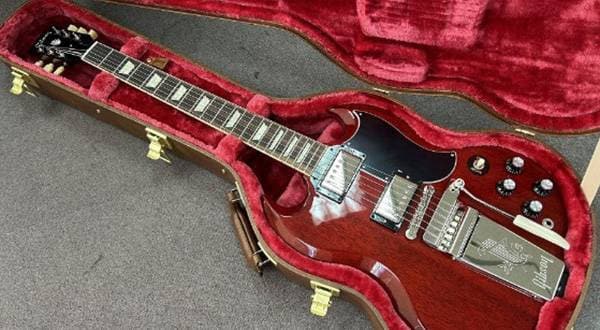
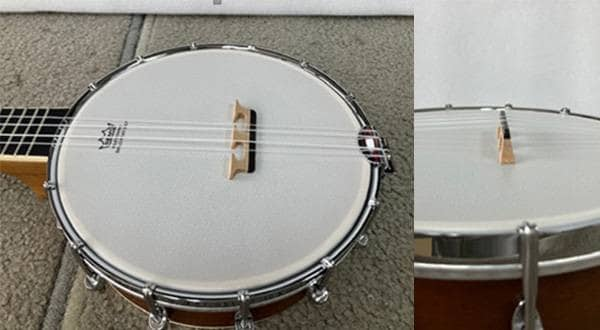

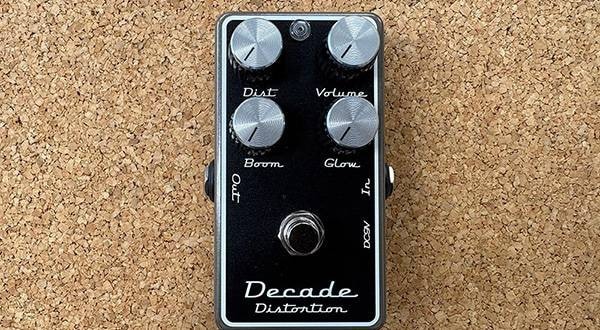
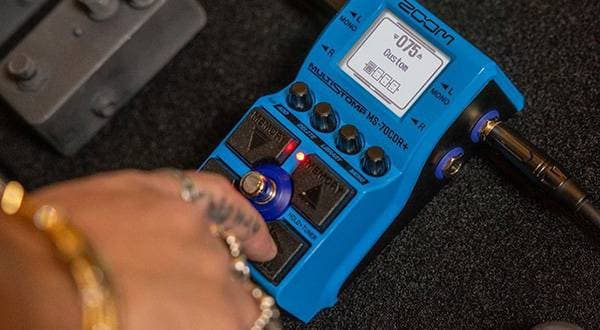
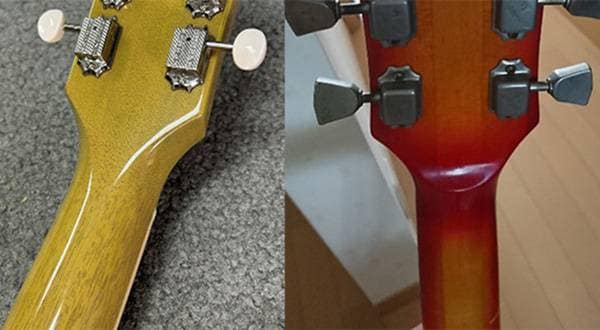
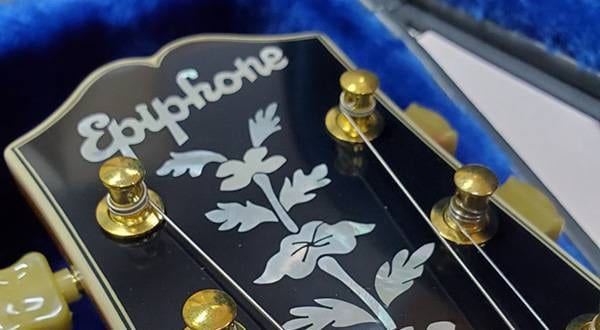
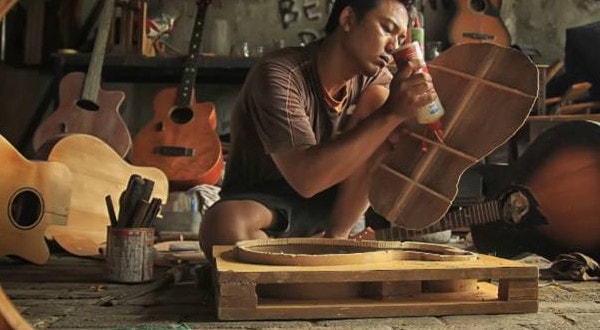
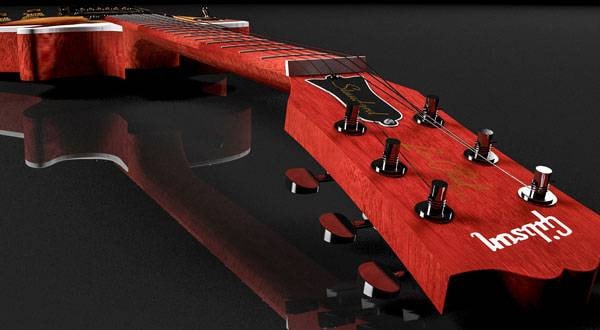
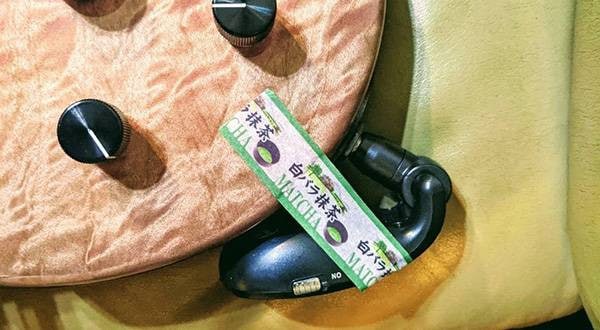
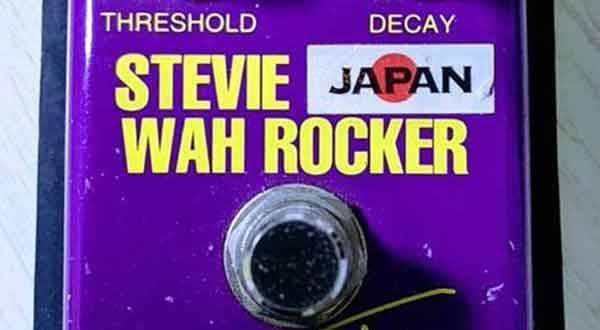
 はじめてのギター
はじめてのギター
 ギターパーツの沼
ギターパーツの沼
 初心者必見!PLAYTECH 激スゴの理由!
初心者必見!PLAYTECH 激スゴの理由!
 ギター初心者ゼミ
ギター初心者ゼミ
 ギター 初心者講座
ギター 初心者講座
 ギターのお手入れ
ギターのお手入れ

